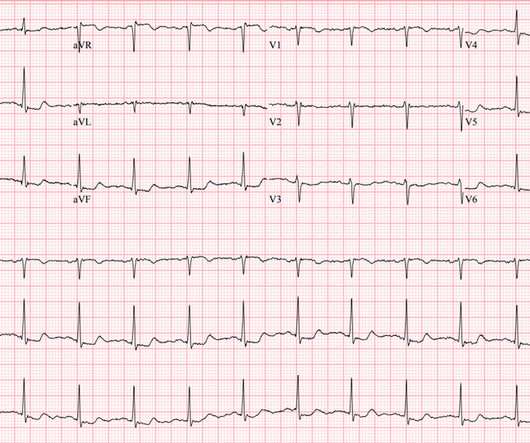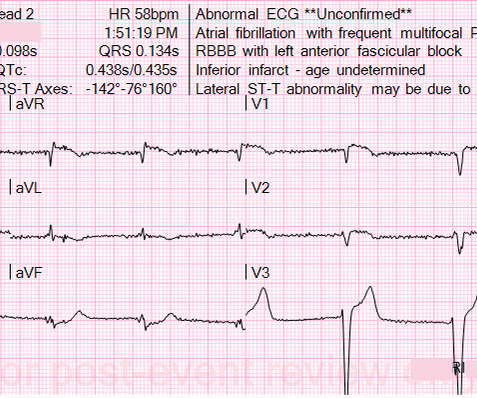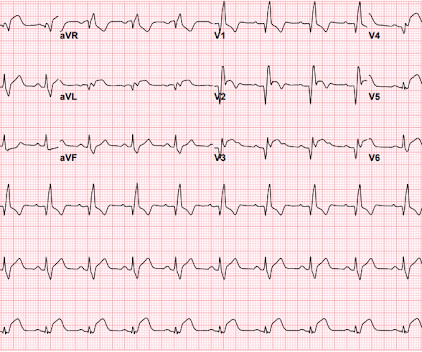Abstract 087: Cocaine?Induced Acute Spinal Cord Ischemia Syndrome
Stroke: Vascular and Interventional Neurology
NOVEMBER 9, 2023
IntroductionAcute spinal cord ischemia syndrome (ASCIS) is a rare disease that is thought to comprise roughly only 1.2% A diagnostic spinal angiogram was completed with no evidence of arteriovenous fistula or aortic dissection. Stroke: Vascular and Interventional Neurology, Volume 3, Issue S2 , November 1, 2023. of all strokes [1, 2].















Let's personalize your content